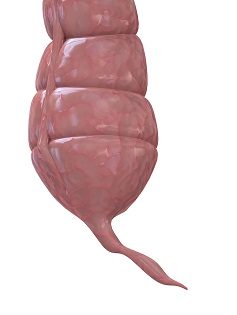Epigenetics and Disease: Thinking Outside the Box
Intelligent design gets a bad rap because it is not in line with the supposed scientific consensus that unguided evolutionary processes account for the existence of all of the life that we see today. But there are unanswered questions regarding the origin of the complexity of biological systems and the information content in DNA (both within the genome and the epigenome), as Stephen Meyer has shown in Darwin's Doubt and Signature in the Cell. Science, indeed, should be about exploring uncharted territories from varying, even unpopular, perspectives rather than confining ourselves to research that has been blessed by convention. The old paradigm focused on the sequence of the coding portion of DNA to find genetic factors for disease. However, when the old paradigm cannot answer questions, it is time to think outside the box.












